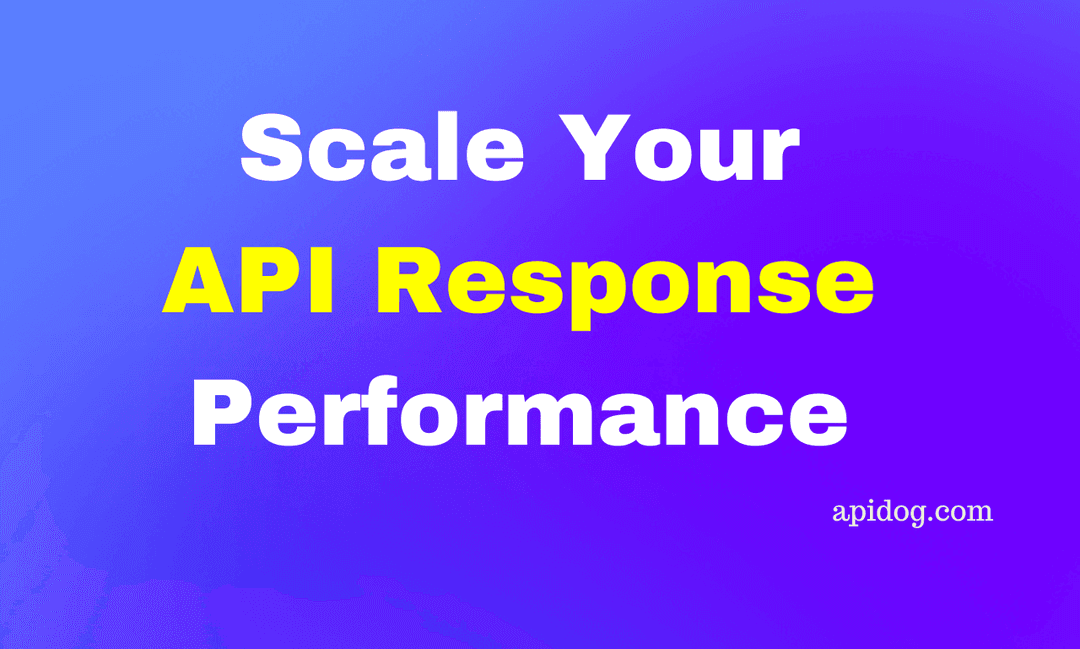
Introduction:
API response time is a crucial aspect of modern software development, directly impacting user experience, system efficiency, and ultimately, business success. In today's fast-paced digital landscape, users expect near-instantaneous responses from applications and services. Slow APIs can lead to frustrated users, decreased productivity, and lost revenue opportunities. As a result, optimizing API performance has become a top priority for organizations across various industries.
So, what are we going to do in this article? This article will explore practical strategies and techniques for increasing API speed to meet industry standards. From identifying performance bottlenecks to implementing caching mechanisms and leveraging asynchronous programming, we'll provide actionable insights for CTOs and technical leaders to enhance the performance of their APIs and deliver exceptional user experiences.
Prerequisites:
To effectively optimize API performance, it's essential to have a solid understanding of APIs and their role in software development. Familiarity with databases and networking concepts is also beneficial. Additionally, access to monitoring tools and performance profiling techniques will facilitate identifying performance bottlenecks and measuring optimization efforts. While advanced knowledge in these areas is advantageous, if you have intermediate-level experience or willingness to learn, you should be able to follow along and implement the strategies outlined in this article.
Before we continue with this article though, it's important to mention that we'll not write any code in this article. The tips and valid information that you'll learn from this article can be used in any codebase.
To continue reading this article, please check the original one I posted on Apidog.